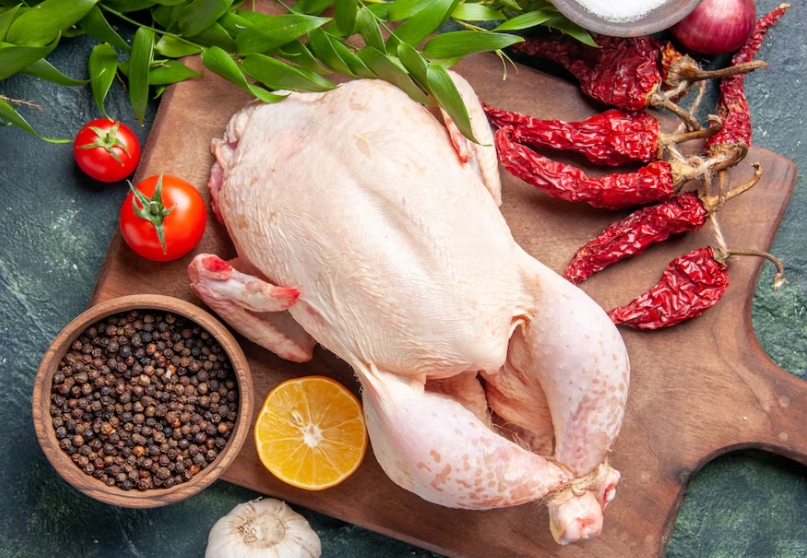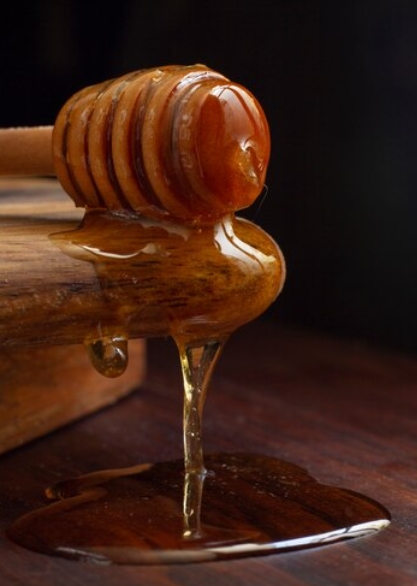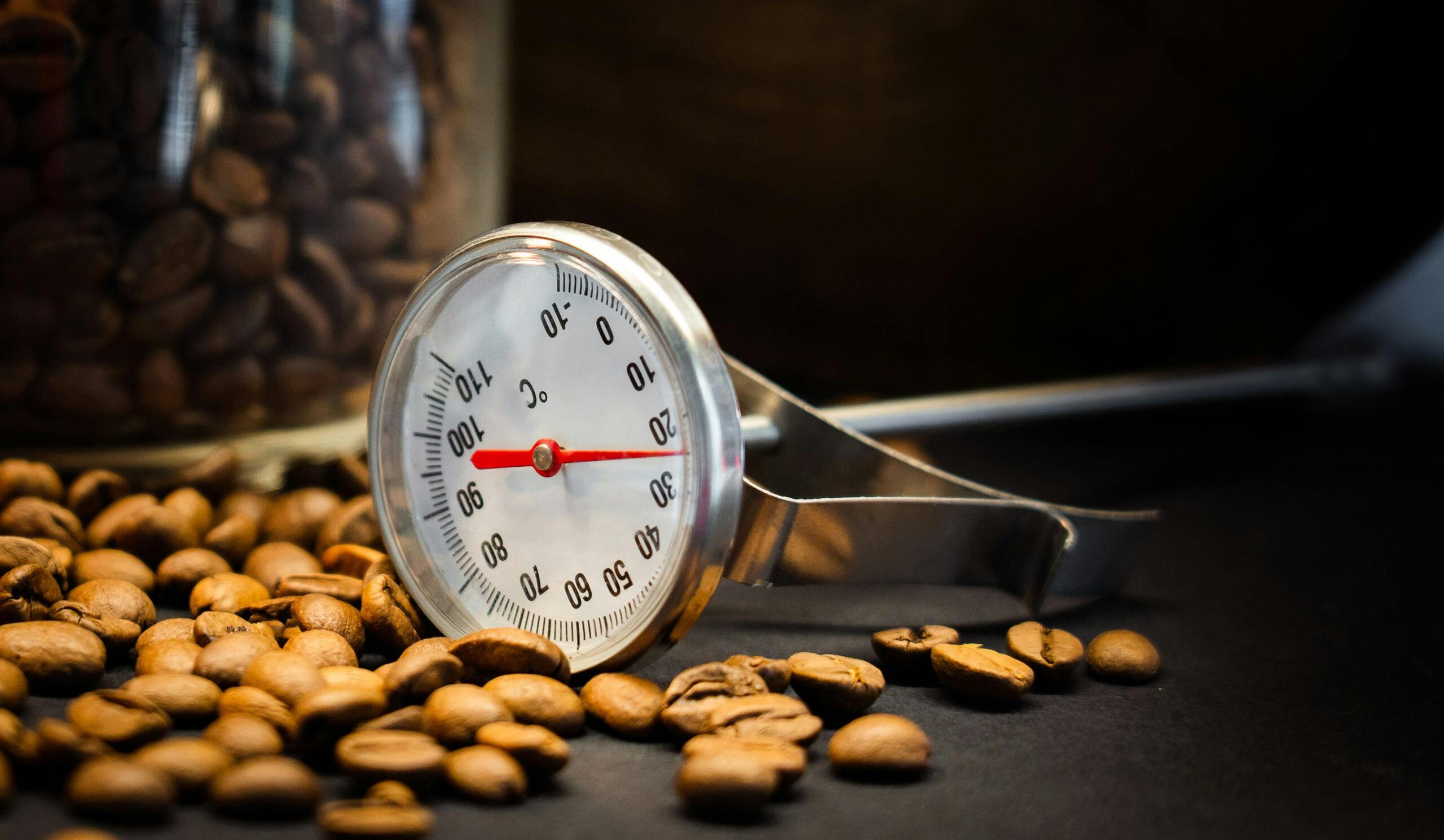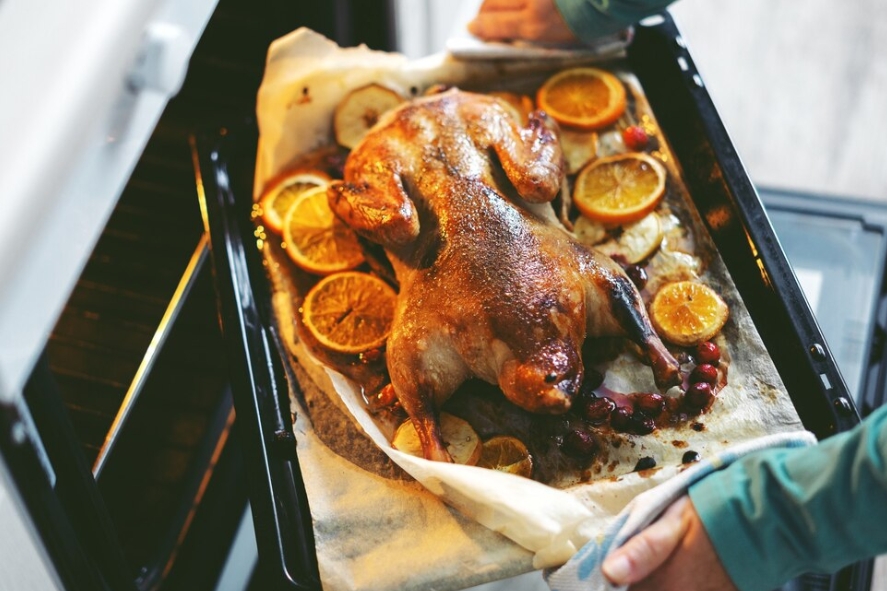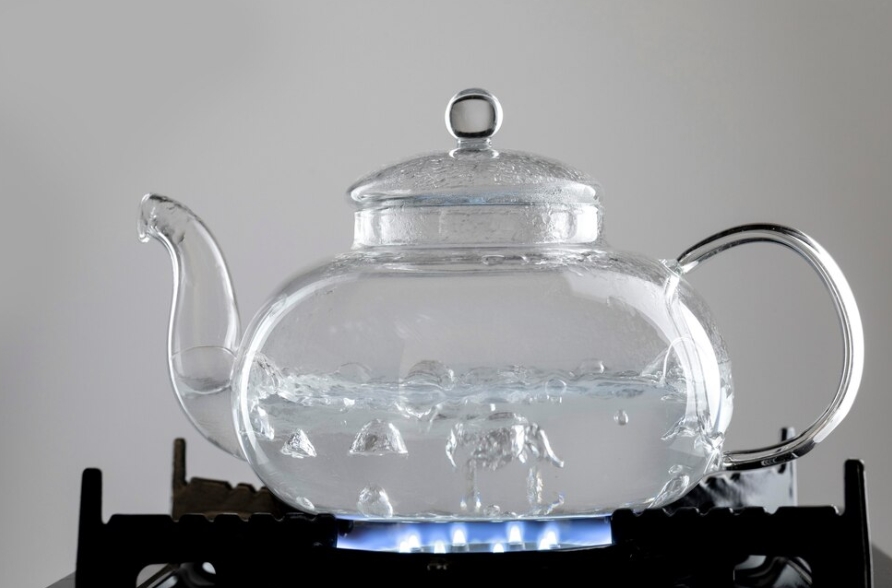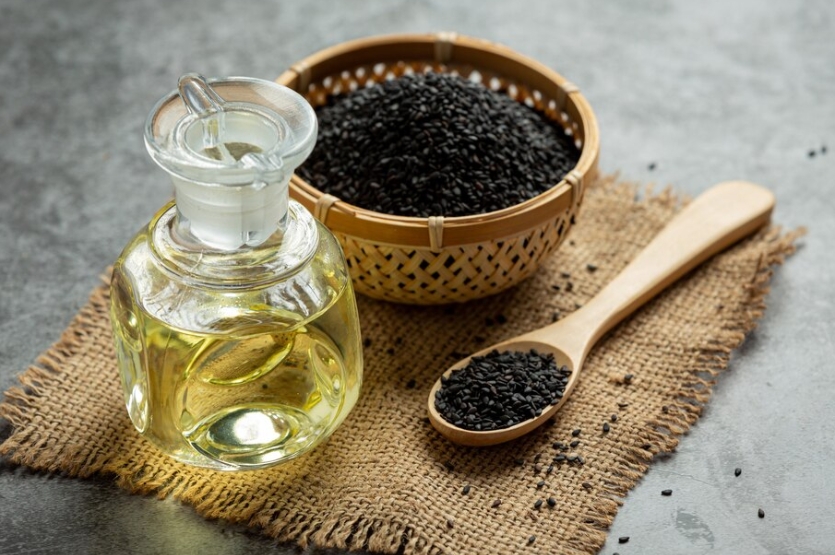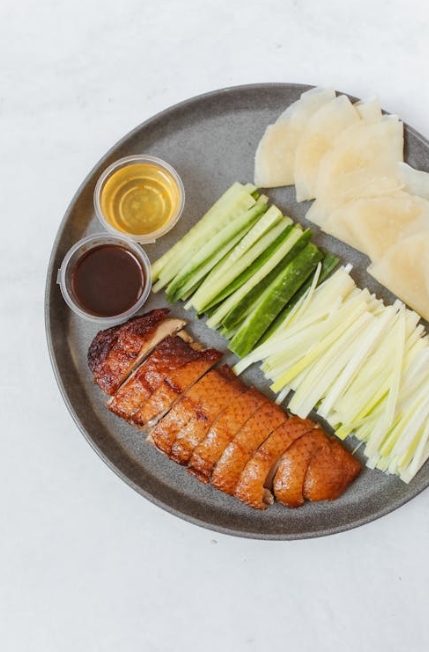Note
- For the best flavor, use a high-quality duck and ensure it is properly dried for crispy skin.
- Leftover duck can be used in stir-fries or soups.
- Store unused pancakes in an airtight container; they can be reheated in a skillet or microwave.
Journey Of Peking Duck
Embark on this savory trip and let Peking Duck to enchant your taste senses while linking you to millennia of culinary genius.
Peking Duck, a meal synonymous with culinary sophistication, has a rich and savory heritage that matches its golden-brown skin. Its origins date back over a thousand years to China's Imperial courts, when it was created as a delicacy fit for emperors. The dish originated during the Yuan Dynasty (1271-1368), an era of culinary exploration and refinement.
Peking Duck rose to prominence during the Ming Dynasty (1368-1644). Beijing, then known as Peking, became the epicenter of the dish's reputation, with imperial cooks perfecting the preparation and elevating the basic duck to an art form.
Peking Duck's trademark crispy skin and soft, delicious flesh are the result of its unique cooking procedure. The careful process of air-drying the duck, coating it with a sweet maltose mixture, and roasting it over an open flame was a groundbreaking culinary innovation. The resulting dish was acclaimed for its harmonious balance of textures and flavors, which delighted both nobility and commoners.
The imperial kitchens even formalized the recipe to ensure that each duck served was of the greatest quality.
The Cultural Significance
Peking duck is more than a dish; it represents Chinese culture, hospitality, and tradition. It was frequently served at large feasts and festivities, representing prosperity and abundance. The accompanying elements—pancakes, hoisin sauce, and fresh vegetables—improved the experience by stressing the Chinese philosophy of balance in cooking. Sharing Peking Duck over a communal table promotes a sense of community, a deeply ingrained virtue in Chinese culture.
Even the chopping of the duck has ceremonial value. Traditionally, the chef would cut the duck tableside, demonstrating his superb knife abilities.
This technique is more than just a demonstration of culinary expertise; it also acknowledges the precision and artistry inherent in Chinese cuisine.
The Rise in Global Popularity
As trade and migration increased, so did Peking Duck's renown. By the twentieth century, it had become a popular dish worldwide, appearing on menus from New York to London. Chinese immigrants carried their favorite recipes with them, exposing Peking Duck to new audiences and adjusting it to local preferences while maintaining its authenticity.
Modern developments have enabled differences in cooking techniques and flavors. Some chefs utilize convection ovens or even sous-vide techniques to obtain the ideal texture. Others experiment with sauces, using elements such as plum or citrus to appeal to modern palates.
The imperial kitchens even formalized the recipe to ensure that each duck served was of the greatest quality.
The Cultural Significance
Peking duck is more than a dish; it represents Chinese culture, hospitality, and tradition. It was frequently served at large feasts and festivities, representing prosperity and abundance. The accompanying elements—pancakes, hoisin sauce, and fresh vegetables—improved the experience by stressing the Chinese philosophy of balance in cooking. Sharing Peking Duck over a communal table promotes a sense of community, a deeply ingrained virtue in Chinese culture.
Even the chopping of the duck has ceremonial value. Traditionally, the chef would cut the duck tableside, demonstrating his superb knife abilities.
Despite these developments, Peking Duck remains a dish that combines tradition and culinary excellence.
The Main Ingredient: Duck
Of course, the duck is central to Peking Duck. Traditionally, a special breed known as the Pekin Duck was utilized, valued for its soft meat and thick skin. The thorough preparation process, including cleaning, seasoning, and drying, emphasizes the importance of the ingredient. Every stage is intended to accentuate the duck's natural tastes while reaching the desired crispness.
Fun Facts about Peking Duck
- Peking Duck was supposedly a favorite dish of Empress Dowager Cixi, who ate it at lavish banquets.
- Inflating the duck's skin separates it from the fat layer, resulting in an even crisp texture.One of the earliest published recipes for Peking Duck appears in the 1330 cookbook Yinshan Zhengyao (The Proper and Essential Things for the Emperor's Food and Drink).
A dish for all occasions.
Whether it's a grandiose dinner party or an intimate family gathering, Peking Duck can elevate any event. The collaborative nature of constructing pancakes with duck slices, hoisin sauce, and fresh vegetables adds to the meal's interest and flavor.
Today, Peking Duck represents a link between tradition and innovation, a meal that honors its rich history while evolving. Its continuing appeal stems from its ability to bring people together—through history, culture, and the shared experience of a really exceptional gastronomic masterpiece.
Thank you for joining us on this tasty trip into the history and significance of Peking Duck. We hope it inspires you to try this beautiful dish and experience a taste of Chinese culinary culture.



